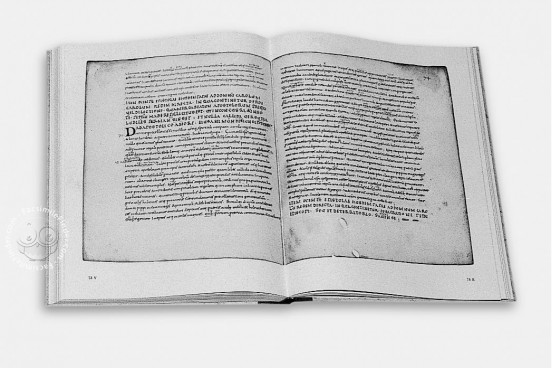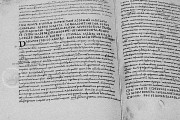Copied in Cologne at the behest of Archbishop Willibert in the late ninth century, the Papal Letters to Charlemagne is a manuscript that preserves ninety-nine letters sent by popes to Frankish rulers. The compilation had been commissioned a century earlier by Charlemagne to document the relationship between his kingdom and the papacy. Written in clear Caroline Minuscule, with headings in red Rustic Capitals, the manuscript is an indispensable source for studying early medieval diplomacy, ecclesiastical politics, and the art of Latin epistolography (letter writing).
"Habent sua fata libelli" (Books have their own destinies) - this maxim from Terentianus Maurus can rightfully be attributed to only a select few manuscripts, among them the collection of Papal Letters to Charlemagne. This compilation was commissioned by Charles I himself, accompanied by an introductory statement in 791.
Manuscript Provenance and Physical Description
The extant copy is not the original codex, but rather a unique surviving exemplar discovered during a library inventory, though its sections lack chronological arrangement. The codex originated from Cologne under the stewardship of Archbishop Willibert (870-889) and was produced by four scribes writing in a relatively consistent Carolingian minuscule script.
Historical Significance
The manuscript contains documents of paramount importance for understanding the ecclesiastical and political relationship between the Frankish Empire and Pope Hadrian II. This relationship played a pivotal role throughout half of the eighth century, as both Pope and King navigated fluctuating circumstances in their quest to establish independent courses of action. This historical significance alone underscores the manuscript's extraordinary value.
We have 1 facsimile edition of the manuscript "Papal Letters to Charlemagne": Codex Epistolaris Carolinus facsimile edition, published by Akademische Druck- u. Verlagsanstalt (ADEVA), 1962
Request Info / Price

